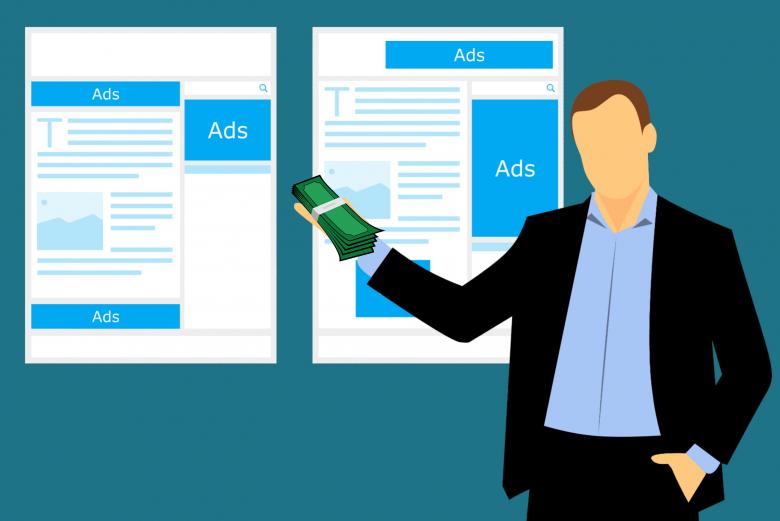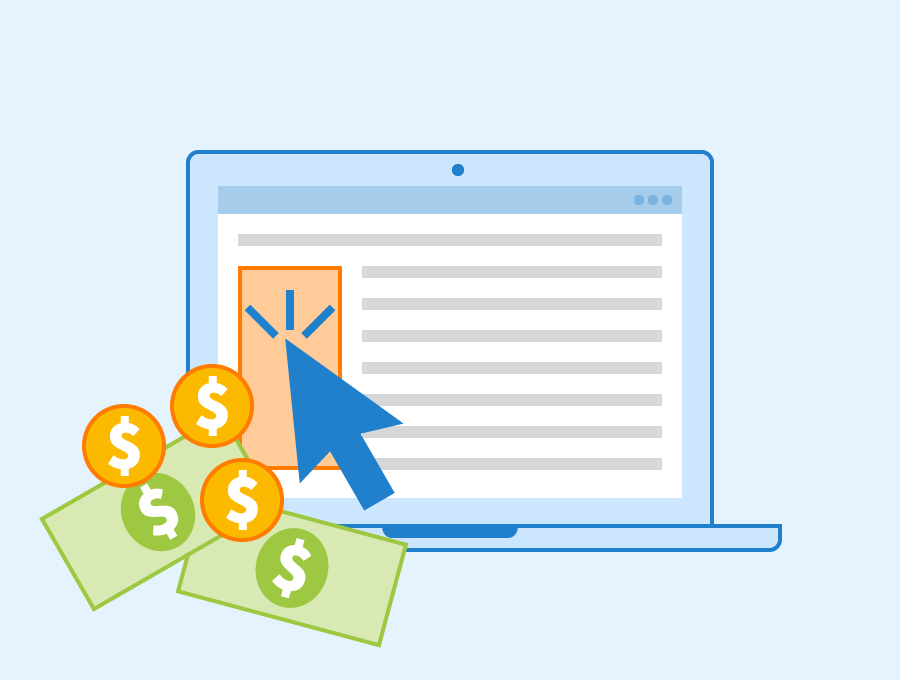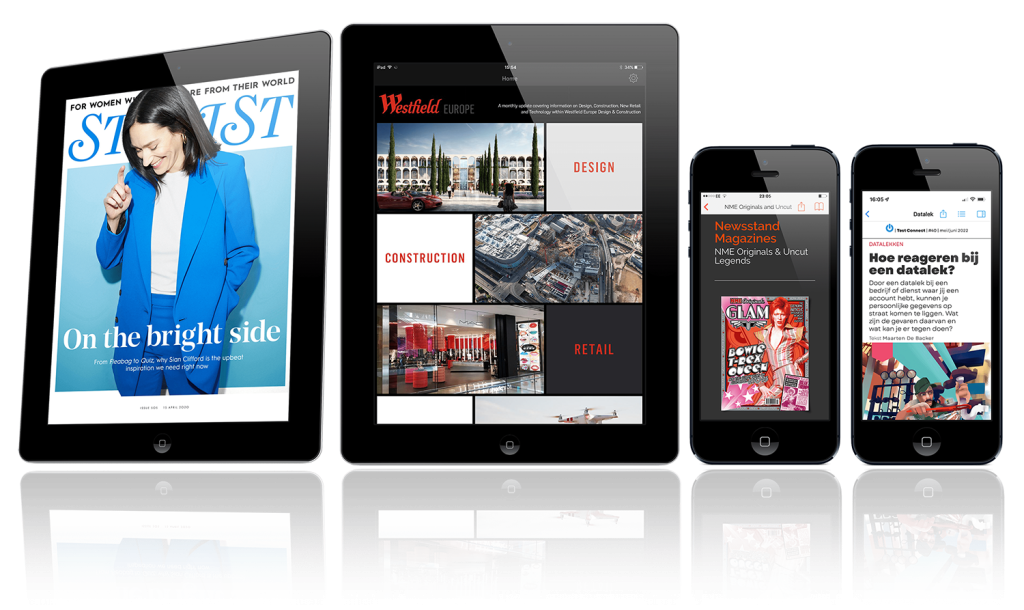Are you tired of traditional advertising methods that fail to reach your target audience? Have you heard about header bidding but don’t quite understand what it is or how it works? Look no further, as we guide you through the world of header bidding and explain how this innovative technology is revolutionizing the way online ads are bought and sold. Say goodbye to guesswork and hello to data-driven success!
What is header bidding?
Header bidding is a technology that allows publishers to offer inventory to multiple ad exchanges at the same time before making calls to their ad servers. This results in increased competition for each impressions and higher CPMs for the publisher.
In traditional programmatic advertising, publishers would make a call to their ad server (DFP, AdX, etc.) and then send out the impression to a pre-selected group of demand sources based on who they have direct relationships with. There would typically be one winner per impression and that ad would be served on the publisher’s site.
With header bidding, also known as advanced bidding or parallel bidding, things happen a little differently. Instead of making a direct call to an exchange, the impression is sent out simultaneously to a group of demand sources through what’s called an “ad server wrapper” or “tag container solution.” These are usually provided by independent companies such as Prebid.org (an open source community project), Sortable (a commercial tag wrapper) orheader bidder providers like PubGuru (which provides both an open source and commercial solution).
The demand partners then have the opportunity to bid on each individual impression in real time before the final call is made to the ad server. The advantage of this system is that it allows for more competition per impression and ultimately leads to higher CPMs for publishers. Another key benefit is that it gives them more control over their inventory
What are the benefits of header bidding?

There are many benefits of header bidding for both publishers and advertisers. For publishers, header bidding can lead to higher CPMs and revenues as they are able to sell their inventory to the highest bidder. Header bidding can also help to increase fill rates and decrease latency, as there are more buyers competing for ad space.
Advertisers also benefit from header bidding as they can access premium inventory that might otherwise be unavailable. Additionally, because there is more competition for ad space, advertisers can often get better prices for their ad campaigns. Finally, header bidding can help to improve campaign performance as it allows advertisers to bid on each impression individually.
Overall, header bidding can help to increase competition for ad space, resulting in higher CPMs and revenues for publishers and better prices and performance for advertisers.
What are the challenges of header bidding?

Header bidding has been widely adopted by publishers as a way to increase revenue, but it comes with a few challenges.
The first challenge is managing all of the different bidders. Each bidder needs to be integrated into the publisher’s ad server, which can be time-consuming and difficult to manage.
Another challenge is latency. Header bidding adds extra time to the ad loading process, which can impact the user experience. Publishers need to strike a balance between maximizing revenue and maintaining a good user experience.
Finally, header bidding can create conflicts of interest for publishers. For example, if a direct advertiser is also bidding in the auction, the publisher may not want to show that advertiser’s ad even if it’s the highest bid. This conflict can be mitigated by using a separate auction for direct advertisers.
How to set up header bidding?
Header bidding is an advanced programmatic advertising technique that allows publishers to offer ad inventory to multiple demand sources simultaneously, in real-time, before making calls to their ad servers.
This results in a better monetization of ad impressions and increased competition for each impression, leading to higher CPMs for publishers. Additionally, header bidding can help reduce latency and improve user experience by eliminating the need for multiple calls to different ad servers.
To set up header bidding, publishers will need to implement a tag management system (TMS) or use a managed service provider (MSP).
TMS providers like Google Tag Manager or Tealium offer easy-to-use platforms that allow publishers to quickly implement and manage header bidding tags on their websites.
Managed service providers like PubGuru or Prebid.js offer more comprehensive solutions that include support for multiple demand partners, as well as optimized configurations based on years of experience working with header bidding.
Once a TMS or MSP has been chosen, the next step is to select the demand partners that you would like to work with. There are many different types of demand partners, including ad networks, DSPs, SSPs, and exchange platforms. It’s important to select demand partners that are compatible with your website traffic and meet your revenue goals.
After selecting the demand partners you would like to work with, you will need to create an account with each one and generate the appropriate tag code.
Conclusion
Header bidding is an effective way of boosting the revenue you can earn from your digital advertising. By taking advantage of simultaneous bidding, advertisers have a better chance to compete for impressions and target specific audiences.
It also helps publishers maximize their ad sales by making sure they get the highest possible bids for each impression or view. With header bidding, everyone wins: Advertisers are able to reach their target audience more easily and publishers increase their profits significantly.







